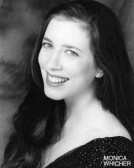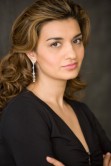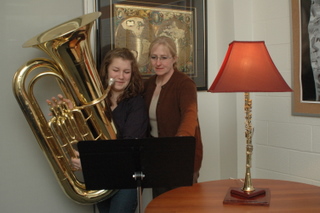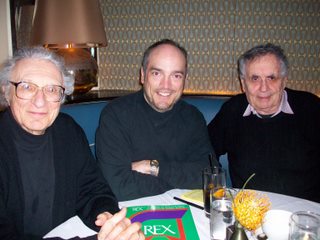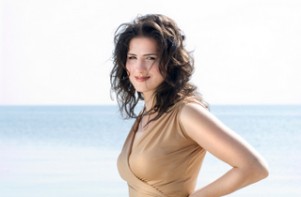T is for Tuareg, Tuvan and Tang
March opens with two promising Small World Music presentations in as many days. On March 4, a band of Taureg rock musicians from the Sahara Desert region of Mali, Tinariwen, performs at the Phoenix Concert Theatre (410 Sherbourne). The group was formed in 1979, and since the beginning of last decade has gained prominence outside of Africa, appearing in festivals in Europe and the US. Their songs deal with the exile and suffering of their people, the Kel Tamashek of the southern Sahara, and the beauty of their desert homeland.
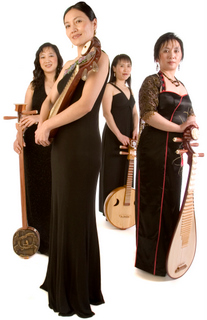 On March 5, the vocal group Huun Huur Tu performs at the Mod Club (722 College). If you’ve never heard this group of Tuvan throat singers, do not miss this concert! I remember standing riveted to the spot when I first heard them on CBC radio around 13 years ago (remember the show “Global Village”?) This group of male singers/instrumentalists chants at the very base of their vocal range, producing celestial-sounding overtones. They’ll be collaborating with electronic musician Carmen Rizzo, presenting music from their new CD “Eternal.” For more information on both of these groups, visit www.smallworldmusic.com.
On March 5, the vocal group Huun Huur Tu performs at the Mod Club (722 College). If you’ve never heard this group of Tuvan throat singers, do not miss this concert! I remember standing riveted to the spot when I first heard them on CBC radio around 13 years ago (remember the show “Global Village”?) This group of male singers/instrumentalists chants at the very base of their vocal range, producing celestial-sounding overtones. They’ll be collaborating with electronic musician Carmen Rizzo, presenting music from their new CD “Eternal.” For more information on both of these groups, visit www.smallworldmusic.com.
The next evening, March 6, the Vancouver-based Chinese instrumental ensemble Red Chamber performs a programme titled “Secret of the Chinese, Passion of the World” at the Music Gallery. Constisting of four women on traditional plucked instruments, their repertoire spans music from the Tang Dynasty (618-907) to the present, including styles such as Bluegrass and Jazz. Led by internationally renowned musician Mei Han, featured instruments include the zheng (zither), pipa and ruan (lutes). Their website, complete with musical samples, is worth a visit: www.mei-han.com/redchamber.html.
Cuba’s Havana-based dance company “Dance Cuba” is on tour in Canada this month. The 17-member all female troup, choreographed by Lizt Alfonso and accompanied by six musicians, fuses flamenco with classical ballet, Afro-Cuban dance, and jazz. They’ll be at the David S. Howe Theatre (Brock University) in St. Catharines on March 6, the Capitol Arts Centre in Port Hope on March 14, Markham Theatre on March 16, and the Oakville Centre for the Performing Arts on the 17th.
If you haven’t yet been to the Royal Conservatory’s Koerner Hall, do pay it a visit! This stunning concert hall right in downtown Toronto has superb acoustics. Not only does it serve the Conservatory’s needs, but it also boasts a concert series in its own right. World music events coming up include Gypsy fiddler Roby Lakatos and ensemble on March 10, and Senegalese vocalist Baaba Maal with band on April 6. Visit http://performance.rcmusic.ca for the Conservatory’s full concert line-up.
In the spirit of St. Patrick’s Day, a number of Celtic-themed events are scheduled for March 20. The Southern Ontario Dulcimer Association presents a festival of traditional Irish culture and folk music from 1:00 to 10:00 pm in Alton Village, Caledon (the music part is in the evening). Featured performers include Steafan and Saskia Hannigan (check them out on YouTube), Les Starkey, Jason Pfeiffer and others. For more info, go to www.town.caledon.on.ca.
The same evening, Echo Women’s Choir presents a Ceilidh (pronounced Kay-lee), at Church of the Holy Trinity, a “Down-East Kitchen Party,” complete with fiddles, singing, Irish and Scottish dancers, and a “proper jam session to close out the evening!” Guest performers include members of Bold Steps Dance Studio, Bob Davis (piano), Judith Nancekivell (voice/guitar), and Sarah Shepherd (dance demonstration). Still on March 20, the Hamilton Philharmonic presents Celtic Traditions, a ceilidh with champion fiddler Pierre Schryer and his band, performing in styles from Irish to Scottish to Québécois.
March 27, Toronto based Indian-jazz fusion band Autorickshaw performs with the Jubilate Singers at Eastminster United Church. Says Autorickshaw’s lead vocalist, Suba Sankaran, “This is a very special collaboration, featuring the premiere of my Indo-choral composition Kannamma, commissioned by the Jubilate Singers.” The commission is in celebration of Jubilate’s 40th anniversary season.
The universities hold their end-of-term World Music ensembles concerts this month. York’s take place on March 11, 12 and 15; and U of T’s are March 13 and 18. Please see the daily listings for more info on these and other concerts.
Karen Ages can be reached at worldmusic@thewholenote.com


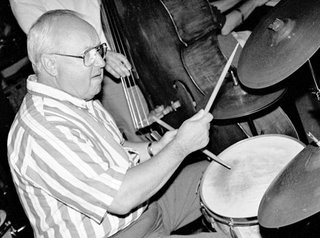
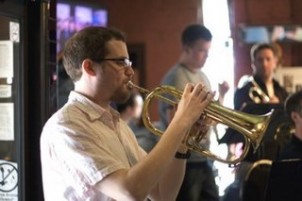
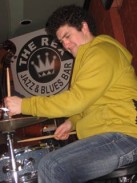
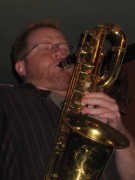
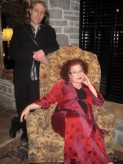
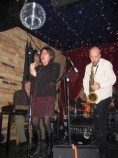
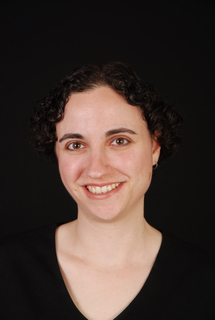
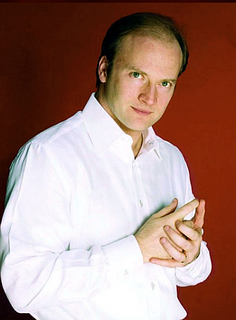



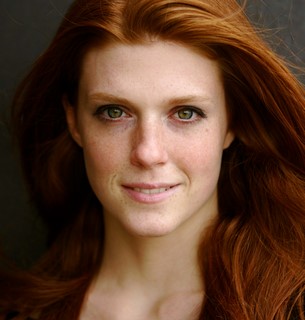 In the last week of February there are several concerts featuring very accomplished women singers. The young but already well-regarded Canadian mezzo Wallis Giunta will perform with guitarist Jason Vieaux, in a Mooredale Sunday afternoon concert on February 21 – and again on February 24, with Amici Chamber Ensemble and American superstar soprano Dawn Upshaw. Upshaw will be performing with the Toronto Symphony Orchestra the next evening, on February 25. Both the Amici and the TSO concert programmes will include music by the Argentinean composer Osvaldo Golijov. (In preparing this column I discovered the website, forum-network.org, which has interviews with both Upshaw and Golijov.)
In the last week of February there are several concerts featuring very accomplished women singers. The young but already well-regarded Canadian mezzo Wallis Giunta will perform with guitarist Jason Vieaux, in a Mooredale Sunday afternoon concert on February 21 – and again on February 24, with Amici Chamber Ensemble and American superstar soprano Dawn Upshaw. Upshaw will be performing with the Toronto Symphony Orchestra the next evening, on February 25. Both the Amici and the TSO concert programmes will include music by the Argentinean composer Osvaldo Golijov. (In preparing this column I discovered the website, forum-network.org, which has interviews with both Upshaw and Golijov.)